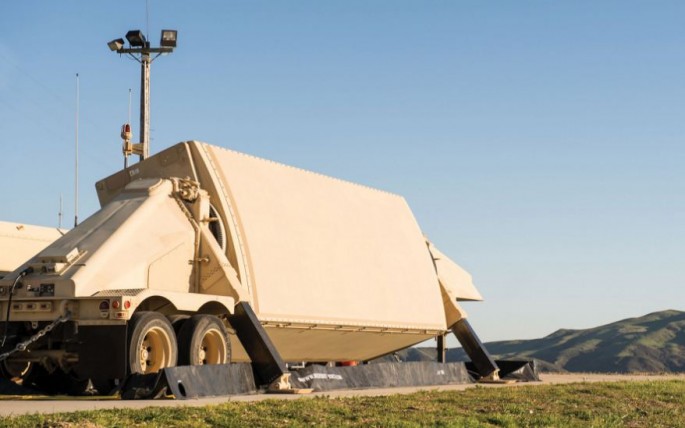The U.S. military is improving the range and "smartness" of existing AN/TPY-2 radars that are the brains of the Terminal High Altitude Area Defense (THAAD) missile defense system now smart enough to distinguish between warheads and decoys.
Produced by Raytheon, the AN/TPY-2 is the world's largest ground and air-transportable X-Band radar. AN/TPY-2T combines the THAAD radar and a variant developed as a forward sensor for ICBM missile defense, the Forward-Based X-Band-Transportable (FBX-T).
It has two configurations: a Terminal Mode with a range of 600 km and a Forward-Based Mode whose exact range remains classified but might range from 1,500 km to 3,000 km, according to experts.
AN/TPY-2 radars are used to scan the skies for ballistic missile threats using complex computer algorithms. The devices are capable of discriminating between incoming warheads and non-threats such as decoys and countermeasures.
The radars can be deployed for use in enemy territory, and can also be integrated with missile defense systems such as THAAD interceptors.
Raytheon said the modifications aim to modernize AN/TPY-2 missile defense radars, and drive down obsolescence. The modifications will incorporate Gallium Nitride (GaN ) components for the U.S. Missile Defense Agency's existing and future AN/TPY-2 radars.
The military is transitioning away from Gallium Arsenide (GaAs ) technology. Raytheon officials say the modifications aim to modernize missile defense radars and drive down obsolescence.
"GaN components have significant, proven advantages when compared to the previous generation GaAs technology," said Raytheon's Dave Gulla.
"Through this effort, Raytheon will develop a clear modernization upgrade path for the AN/TPY-2 radar, enabling the system to better defend people and critical assets against ballistic missile threats at home and abroad."
AN/TPY-2 radars currently use Gallium Arsenide components to transmit high power radiation. Gallium Nitride technologies are designed to perform the same tasks more efficiently.
What angers China about THAAD is that its AN/TPY-2 missile defense radars might provide early tracking data to the U.S. ballistic missile defense system, especially the Ground Based Interceptors responsible for defending CONUS, thereby degrading China's ability to hit the United States with its nuclear warhead ICBMs.
From South Korea, THAAD can peer into the Russian territory and China's, as well.



























